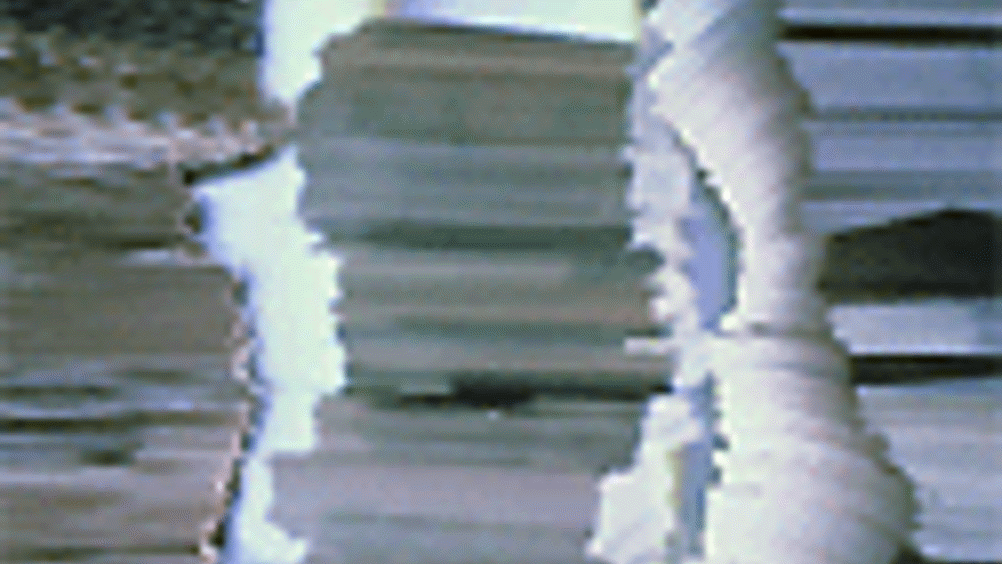On the nanopaper trail
<?xml:namespace prefix = st1 ns = "urn:schemas-microsoft-com:office:smarttags" />University of Arkansas researchers have created thin, flat, assemblies of nanowires that can be folded, bent and cut or shaped into three-dimensional devices like paper. This “nanopaper” has potential in applications such as armour, flame-retardant fabric, bacteria filters, oil cracking, controlled drug release, decomposition of pollutants and chemical warfare agents.

‘Humans have used paper made from natural fibres for thousands of years,’ said Z. Ryan Tian, assistant professor of chemistry and biochemistry in the J. William Fulbright College of Arts and Sciences. ‘With this technology, we are entering a new era.’
Register now to continue reading
Thanks for visiting The Engineer. You’ve now reached your monthly limit of news stories. Register for free to unlock unlimited access to all of our news coverage, as well as premium content including opinion, in-depth features and special reports.
Benefits of registering
-
In-depth insights and coverage of key emerging trends
-
Unrestricted access to special reports throughout the year
-
Daily technology news delivered straight to your inbox










UK Enters ‘Golden Age of Nuclear’
The delay (nearly 8 years) in getting approval for the Rolls-Royce SMR is most worrying. Signifies a torpid and expensive system that is quite onerous...